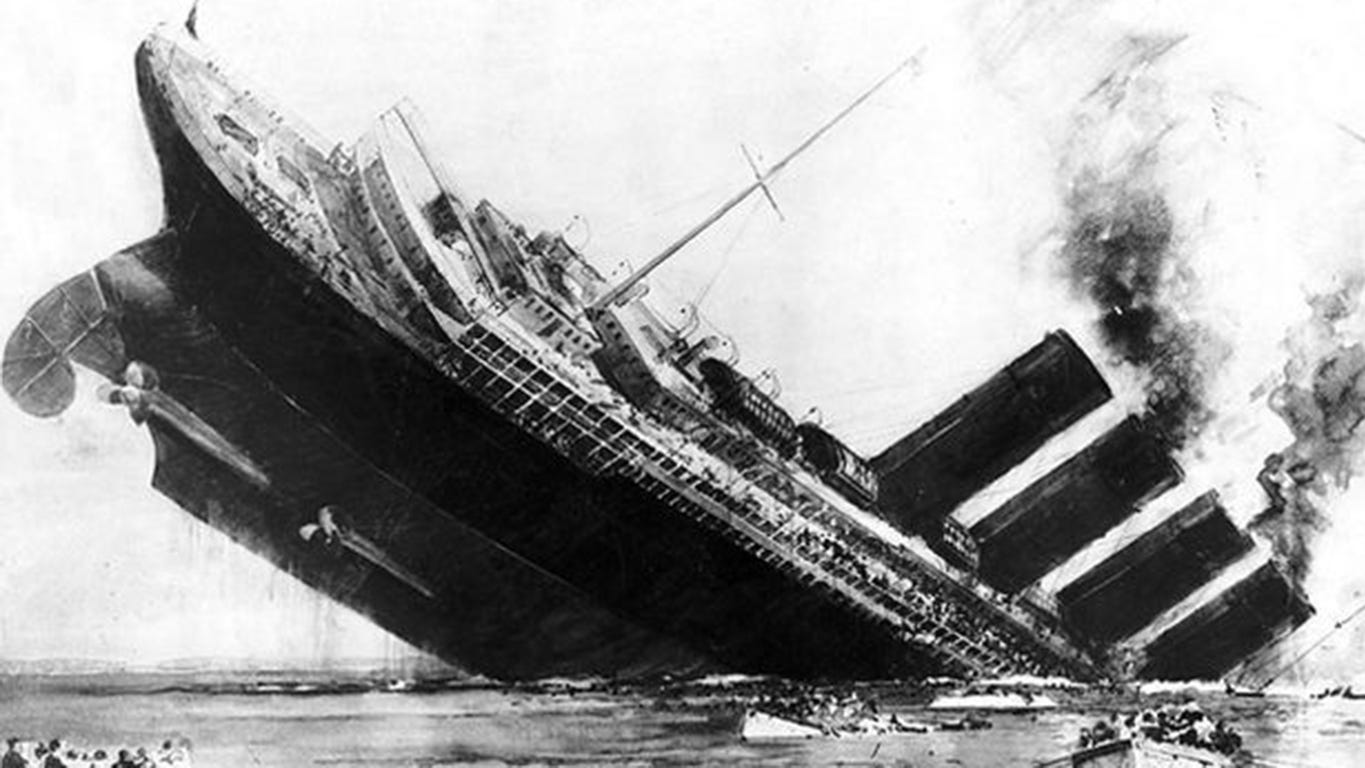The sinking of the RMS Titanic is one of the most tragic and well-known shipwrecks in history. On April 14, 1912, the Titanic, considered to be the largest and most luxurious ship of its time, set sail on its maiden voyage from Southampton, England to New York City. However, the ship's journey came to a tragic end when it struck an iceberg and sank in the North Atlantic Ocean, resulting in the deaths of over 1,500 passengers and crew members.
The Titanic was thought to be unsinkable due to its design, which included a double bottom and watertight compartments that were meant to keep the ship afloat even if several compartments were flooded. However, the ship's designers did not anticipate the possibility of a collision with an iceberg, and the ship's construction did not take into account the potential for damage to the watertight compartments.
On the night of April 14, 1912, the Titanic received several warnings of icebergs in the area, but the crew failed to take necessary precautions. At around 11:40 pm, the ship struck an iceberg on its starboard side, causing several of the watertight compartments to flood. As the water continued to pour into the ship, the Titanic began to list to one side and eventually capsized.
The crew of the Titanic made several mistakes that contributed to the ship's sinking. The crew failed to reduce the ship's speed despite the warnings of ice in the area, and they did not properly evacuate the ship when the collision occurred. Additionally, there were not enough lifeboats on board to accommodate all of the passengers, which resulted in many people being left stranded in the freezing water.
The Titanic's sinking was a tragic event that highlighted the importance of safety measures and proper evacuation protocols on ships. The disaster also led to changes in maritime regulations, such as the requirement for ships to carry enough lifeboats for all passengers and crew members.
In conclusion, the sinking of the RMS Titanic was a tragic event that resulted in the loss of over 1,500 lives. The ship's design and construction did not take into account the possibility of a collision with an iceberg, and the crew's mistakes and lack of proper evacuation protocols contributed to the disaster. The disaster led to changes in maritime regulations and highlighted the importance of safety measures on ships.




0 Comments